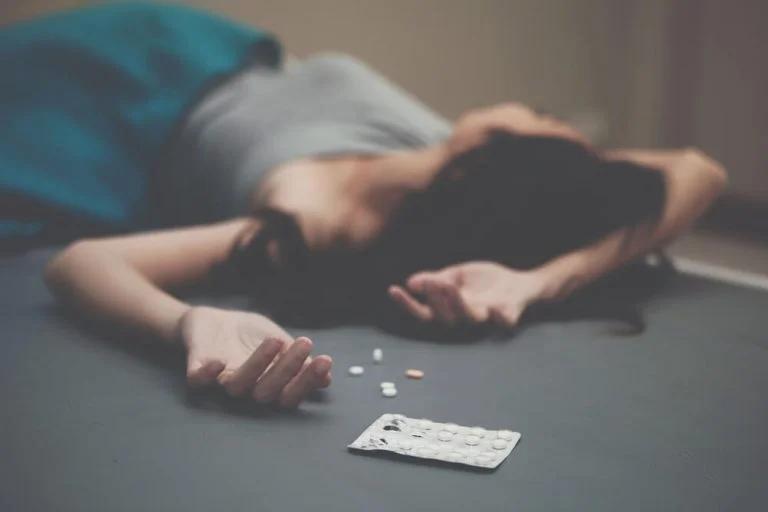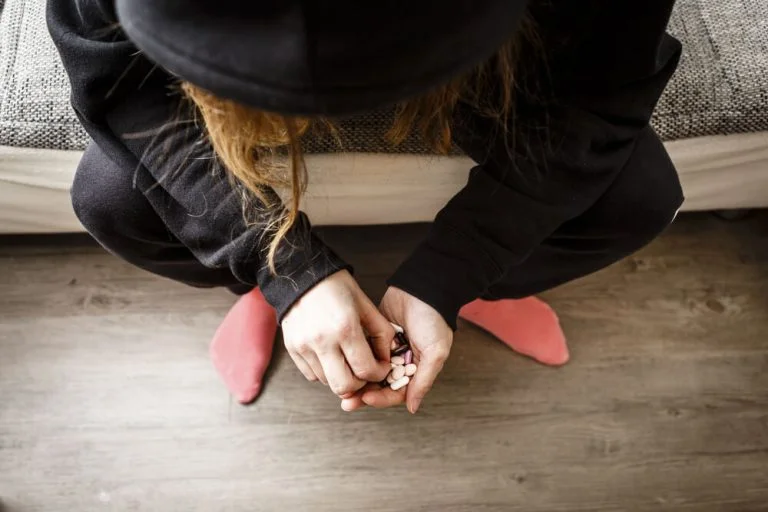Ultram Addiction and Treatment Explained
Opioids such as Ultram are being abuse on a massive scale in the United States. Over 2 million people were classified with substance use disorder involving prescription opioid pain killers in 2015. The opioid addiction problem was escalated to a national emergency by President Trump late 2017. Even though Ultram is regularly prescribed for moderate to severe pain, an Ultram addiction can form very quickly due to the highly addictive properties inherent in all opioids.
Ultram Addiction – Signs and Treatment
In this article, we will discuss what an Ultram addiction is and what the most effective treatment methods are.
Ultram Addiction Explained
Substance addiction is defined as a compulsive behavior to engage in the abuse of a substance for the reward it gives, regardless of the problems caused by the behavior. When a person becomes addicted, their very brain structure changes, which is why it is classified as a mental disorder and not just a series of poor choices.
A chemical dependence to Ultram is somewhat different from an Ultram addiction. A chemical dependence is a condition that forms over frequent use of the drug. The person’s body begins to change – specifically the reward centers of the brain. Eventually, the body adjust to the presence of Ultram to such an extent that it struggles to function properly when there is an absence of the drug. This condition is also what leads to many of the common withdrawal symptoms.
Signs of Ultram Addiction
The Ultram addiction symptoms can help someone identify a possible addiction in someone they care about, or even in themselves. The amount a person used on a regular basis, their physical health and the length of the drug abuse are factors that can have an impact on the intensity of the Ultram addiction symptoms.
The immediate signs and dangers of Ultram abuse are as follows:
- Headache
- Constipation
- Euphoria
- Sedation
- Heartburn
- Vomiting and nausea
- Trouble breathing, which can escalate to the cessation of breathing in overdose cases
- Seizures
- Nodding off
- Constricted pupils
- Confusion
Other signs and symptoms of addiction include the following:
- Strong cravings for more Ultram
- Withdrawal symptoms set in after a short period of abstinence
- Trouble with memory
- Poor judgment
- Anxiety
- Lack of focus or concentration
These signs should be the prelude to addiction treatment. If nothing is done to stop the abuse, it will likely escalate and possibly lead to an overdose.
Ultram Addiction Treatment
Initially, a person wanting to stop Ultram abuse must first deal with the withdrawal symptoms. These can be difficult to get through unless a medical detox is used whereby an addiction specialist can prescribe opioid withdrawal medication. Done in such a way, many of the withdrawal symptoms are lessened and the entire process is far more manageable.
Detox is a precursor to further treatment since detox alone cannot stop an addiction. Therapy and counseling is an important next step in recovery. An addict who is seeking help for an addiction to Ultram can decide to stay at the rehab center while receiving treatment, known as inpatient or residential rehab, or continue to stay at their own home only going to rehab when they have appointments, known as outpatient rehab. Both have benefits, such as a drug-free environment for inpatient programs and autonomy in outpatient programs.
Finally, addiction is something that needs to be managed over many years and possibly a lifetime. To achieve this, a recovering addict is advised to go to support group meetings once their treatment has concluded.
If you or a loved one is struggling with addiction, get help right away. Make a phone call that will connect you to a professional drug treatment center. The call you make may save your life or the life of someone you love. Call us today at 888-807-0464.








